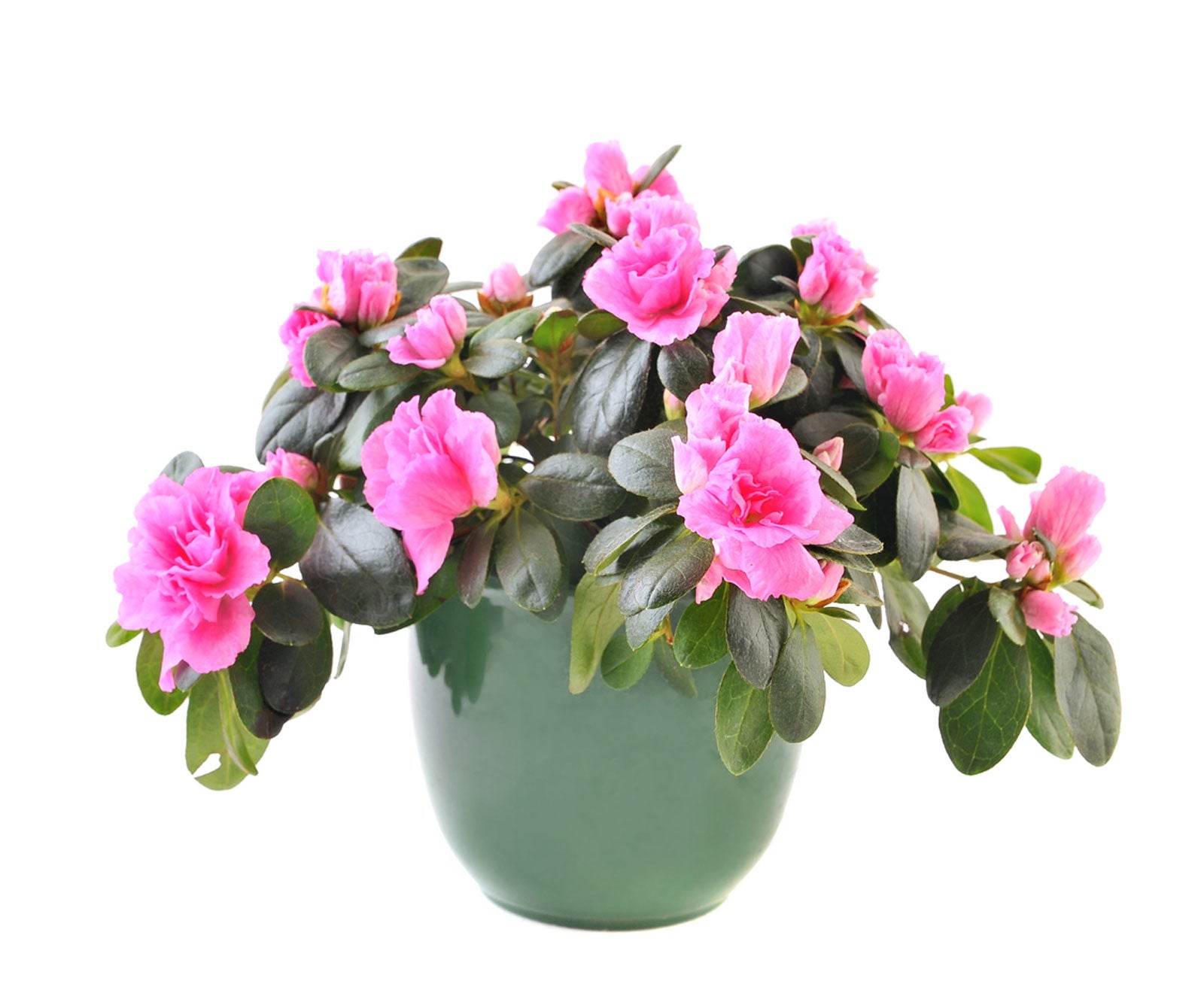Tough To Grow Houseplants – Challenging Houseplants For Bold Gardeners

Many houseplants are well suited to grow in indoor conditions, and then there are houseplants that require more care than most. For the more adventurous indoor gardener, these tough to grow houseplants are part of the fun. You can use the list below to try out some of these houseplants if you are bored with more common varieties, or use it as a list of plants to avoid if you’re new to indoor gardening.
Difficult Houseplants to Grow
The following is a selection of particularly challenging houseplants. Common indoor conditions just won’t cut it for these plants and if you want to grow these indoors, you’ll have to take some extra measures in order to succeed. Even then, success is not guaranteed:
- Azalea – Potted flowering azaleas are often sold at certain times of the year and it is tempting to buy a plant to take indoors. The truth is it’s better to leave these as landscaping plants. Azaleas like it cool, preferably 65 degrees F. (18 C.), humid, and damp at all times in order to thrive. These conditions are simply too difficult to achieve indoors in most situations.
- Gardenia – Gardenias are notoriously difficult to grow indoors. They need plenty of direct sunshine and need a humid environment to do their best. They are finicky about cold or hot drafts and will often protest by not flowering or by dropping buds if conditions are not to their liking. They are also prone to spider mites indoors and a host of other disorders.
- Citrus – Citrus plants are also challenging houseplants. Indoors, they require as much direct sun as you can give them (a bare minimum of 4 hours is needed), and they like temperatures between 60 and 70 degrees F. (16-21 C.). They tend to be prone to spider mites, especially in dry air indoors, as well as scale.
- Cacti and Succulents – Quite a few cacti and succulents can be challenging houseplants, not because their care is difficult, but because most homes don’t have the proper light to grow them. Most cactus and succulent plants need several hours of direct sun. If you fail to provide these conditions, the plants will stretch out and have weak growth. Avoid these plants if you don’t have a sunny window.
- English Ivy – English ivy may grow well in your home for a while, but as soon as dry air comes in the winter from forced air heat, so do the spider mites that will quickly infest your ivy. These plants are spider mite magnets in dry air, so it may be one to avoid.
Other plants that you may want to avoid if you are a beginner include Norfolk island pine, croton, and Calathea.
Sign up for the Gardening Know How newsletter today and receive a free copy of our e-book "How to Grow Delicious Tomatoes".